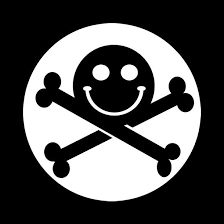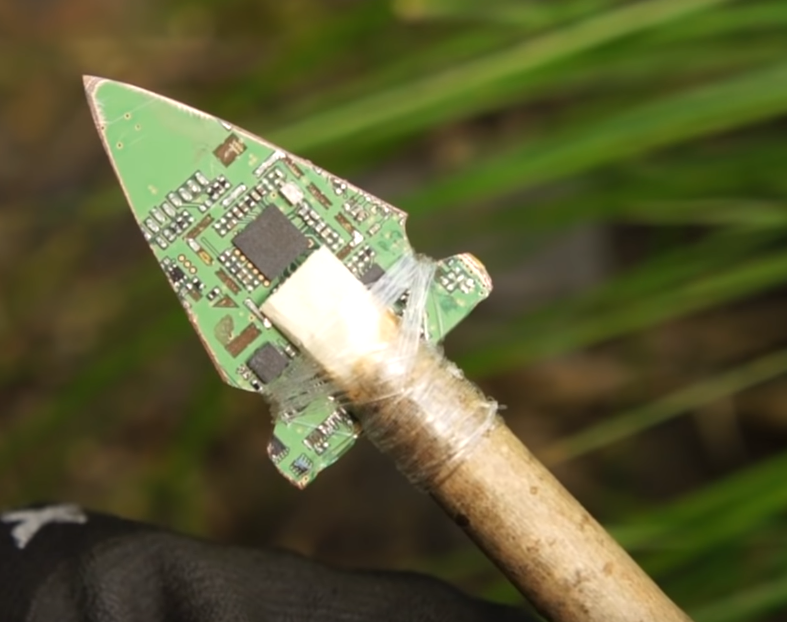Hey, I have to „draw“ or make notes of my selfhosting stuff. It runs so smooth that I sometimes really forget where a service is running or how to reach the web-Interface.
For sure I have a password- and link-manager, but I would like another independent note with the structure of my selfhosting.
Usually I use Joplin. Is there a plugin that shows me a kind of a map?
Or are there other apps - maybe wikis - that do it much easier/better than that?
How do you document your selfhosting?
Everything is deployed via ansible - including nameservices. So I already have the description of my infra in ansible, and rest is just a matter of writing scripts to pull it in a more readable form, and maybe add a few comment labels that also get extracted for easily forgettable admin URLs.
That sounds to complicate for me. I am still a beginner.
You should definitely figure out some infra as code system now while it’s manageable. Normally I’d recommend docker-compose as it’s very easy to learn and has a huge ecosystem, but since you’re using proxmox you might need to look at ansible like the other commenter said. Having IaC with git makes it so much easier to test new stuff, roll changes back, and all that good stuff, in addition to solving your original problem of forgetting what is running where.
Just find the simplest IaC solution possible. Unless you are gunning for a job in infrastructure you don’t need to go into kubernetes or terraform or anything like that, you just need something reproducible that you can easily understand and modify.
Unless you are gunning for a job in infrastructure you don’t need to go into kubernetes or terraform or anything like that,
Even then knowing when not to use k8s or similar things is often more valuable than having deep knowledge of those - a lot of stuff where I see k8s or similar stuff used doesn’t have the uptime requirements to warrant the complexity. If I have something that just should be up during working hours, and have reliable monitoring plus the ability to re-deploy it via ansible within 10 minutes if it goes poof maybe putting a few additional layers that can blow up in between isn’t the best idea.
Oh for sure for sure. I just know that a lot of people use their homelab to learn skills that they can put on their resume when looking for a job. It’s totally fair to over engineer your self hosting setup if that’s your goal.
I was referring to work setups with the overengineering - if I had a cent for every time I had to argue with somebody at work to not make things more complex than we actually need I’d have retired a long time ago.
Self documenting systems ftw.
I kinda just hold it all in my head and fix stuff when I notice it’s broken.
If I have to draw diagrams, I use D2 https://d2lang.com/
It’s a very simple to use code to diagram language.
It has plugins for vscode and obsidian.
It’s open source that you can run locally, with the exception of their proprietary visualization engine. But I don’t use that one, just use ELK.
I’ve used https://draw.io (apparently https://app.diagrams.net/ now) before for this exact purpose. I mapped out network, devices, and services.
And you can self host it!
Just make sure to always be careful with recursion.
Great tool for documenting your setup. I use this at work a lot
I use self-hosted draw.io together with the Draw.io Nextcloud integration for a diagram, and Wiki.js to write down some important information. If you prefer something lighter, check out DokuWiki. There are many other options for a Wiki like Bookstack or django-wiki.
Zabbix or Cacti are nice ways to draw maps that also serve a functional role in keeping track of the activity and alerting.
This looks great! I will try Zabbix first! More than I expected. Thank you
I still use Dia Diagram Editor for most things. I just wish it was still being updated.
I use Netbox. It’s built by the team at Digital Ocean for managing their infrastructure. It can run in a docker container for easy management and compatibility. You can use as few or as many features as you need. There are a lot of native features and if there’s something missing you can extend functionality with plugins. I use the plugin netbox-topology-views to visualize my physical and logical network maps. This may be overkill for most home labs or home networks.
My stuff is all in docker-compose with a stack/service structure, so listing it is as simple as running
tree, and reading the individual YAML files if I need in-depth details.KISS ! That’s the way I’m doing it. Although it kinda gets more difficult to keep track of every docker image update after you have a dozen containers.
Thinking of something that could keep track and give me a nice notification about the changes and give a link to the github page before updating the container.
Watchtower may be what you’re looking for.
Thanks :)) I did tried it out a few month ago. It works as expected, but I was looking for something with a nice webUI wich pulls the whole changelog before updating a container.
An AIO web interface that give all the changes and expected bugs or issues. I know there isn’t something like that… That’s why I just look out for github notifications with an RSS feed and read through all the changes/issues before doing any updates.
I like draw.io for process diagrams.
Draw.io is also totally open and is able to be integrated into many different tools - so chances are your tool of choice already has a plug in for it. For example, nextcloud does.
You can even self-host it and use it with Nextcloud.
you mentioned you’ve used joplin. All my notes are in markdown and I’ve been using Obsidian instead. Obsidian includes support for mermaid and can render (relatively simple) flowcharts.
https://obsidian.md/ https://mermaid.js.org/syntax/flowchart.html
I use Cockpit to manage my system and containers and Dashy as a browser dashboard. It’s similar to Heimdall but more minimal.
I also run Otterwiki and I’m planning on documenting my setup, but I haven’t got around to it yet.
Excalidraw in combination with wikijs, both self hosted of course thru portainer.
I’m coding them down as plantuml network code and render them using a selfhosted plantuml Server.
In the end my whole admin guide resides in a obsidian notebook as markdown There is even a plugin that renders plantuml code within obsidian
The nice thing: everything is just code and can be moved to any other tool (had my documentation in a local gitlab repo, but I swapped gitlab out for gitea)
I’ve seen some dashboards around, is this what you’re looking for?











